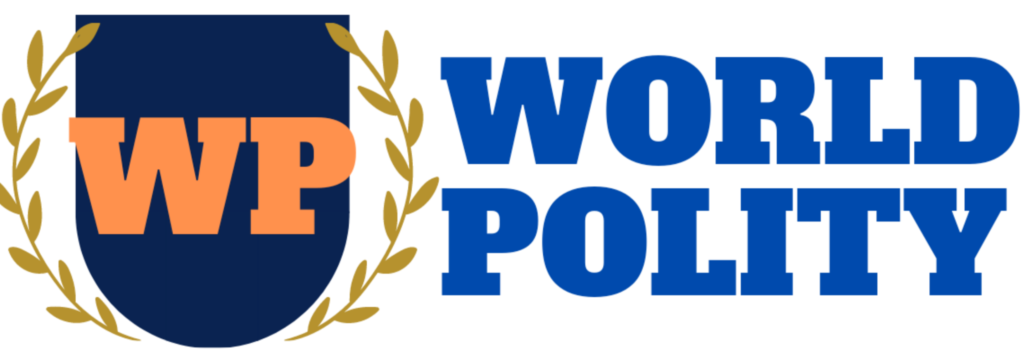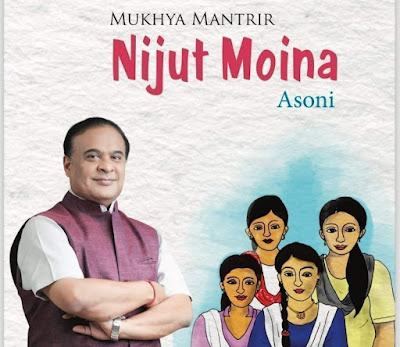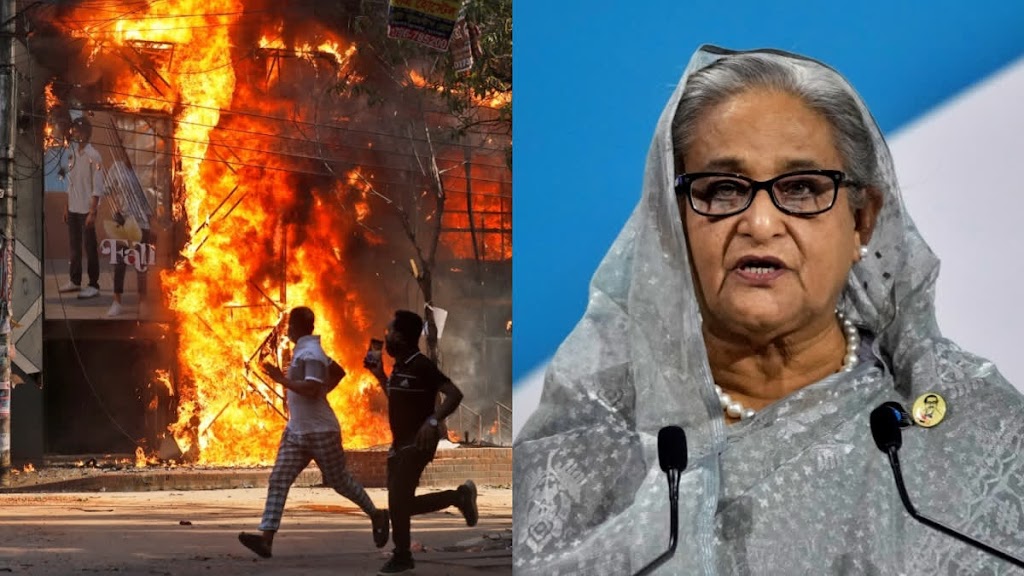Indian History GK for Competitive Exam on Freedom Struggle set 2
Indian History GK Questions and Answers on Freedom Struggle is one among the foremost relevant and important parts of the Exams like UPSC/APSC/SSC/RRB/IBPS/PNRD/NDA and lots of other national and state level Competitive Exams. Therefore “World_Polity” provides a set of Indian History GK for Competitive Exam on Freedom Struggle in the sort of Practice sets contains 40 Indian History Quiz on freedom struggle for competitive exams which will be a pedestrian to crack your exams.
So, Practice all these Indian History GK Questions for Competitive Exams on freedom struggle to prepare for the upcoming exams. You can easily get 2-3 marks with the help of Indian History GK Questions for Competitive Exams.
Indian History GK Questions and Answers on Freedom Struggle
1. In which session Mahatma Gandhi was elected President of Congress?
Ans- Belgaum session (1924 AD)
2. When and where was the Ghadar Party established?
Ans- November 1913 in San Francisco (USA)
3. The Gadar Party was formed under whose leadership?
Ans- Lala Hardayal
4. Who became the first president of the Ghadar Party?
Ans- Sohan Singh Bhakkhana
5. When was Mahatma Gandhi conferred with the title of Kaiser-i-Hind?
Ans- In 1915
6. In which session, the soft party and the hot party of the Congress became united?
Ans- Lucknow session (1916 AD)
* Book your free class – CLICK HERE
* Best Books of General Knowledge for Competitive Exams
7. In which session the Muslim League and Congress together established a joint committee?
Ans- Lucknow session
8. Which institution was founded by Bal Gangadhar Tilak for self-government?
Ans- Home Rule League (March 1916 AD in Poona)
9. When and where did Anne Besant founded the Homeroom League?
Ans- September 1916 in Madras.
10. Who was the first secretary of the Homerul League established under the leadership of Anne Besant?
Ans- George Arundel
11. Who was called as the recruiting sergeant?
Ans- Mahatma Gandhi. Because during the First World War, Gandhiji encouraged people to join the army.
12. Who established the Sabarmati Ashram?
Ans- Mahatma Gandhi
13. When and where did Mahatma Gandhi establish the Sabarmati Ashram?
Ans- 1916 AD in Ahmedabad.
14. Who inspired Gandhi to come to Champaran?
Ans- Rajkumar, the farmer leader of Bihar.
15. Where did Gandhiji first use Satyagraha?
Ans- South Africa
16. Where did Gandhi first use Satyagraha in India?
Ans- Champaran (Bihar)
17. When was Champaran movement started?
Abs- In 1917
18. Which practice the British had to end due to the Champaran Rebellion?
Ans- Trichotomy
19. Mahatma Gandhi had first hunger strike in support of
In support of the strike of Ahmedabad mill workers in 1918 AD.
20. Which movement was launched by Mahatma Gandhi in Kheda district of Gujarat in 1918 AD?
Ans- Tax No Movement
21. When did the Rowlatt Act come into force?
Ans- 19 March 1919 AD
22. What was the Rowlatt Act?
Ans- A law under which any suspicious person could be arrested without trial. There could be no appeal, no argument nor any lawyer against him.
23. When did Gandhiji start a country-wide strike in protest against the Rowlatt Act?
Ans- April 1919 AD
24. When did the Jallianwala Bagh massacre take place?
Ans- 13 April 1919 AD
25. Where did the Jallianwala Bagh massacre take place?
Ans- Amritsar
26. Who led the Jallianwala Bagh massacre?
Ans- General Dyer
27. What was the reason behind Jallianbala Bagh massacre?
Ans- General Dyer fired indiscriminately on a public meeting to protest the arrest of Dr. Satpal and Saifuddin Kitchlu.
28. How many people died in Jallianwala Bagh massacre?
Ans- According to the government report, 379 people and 1000 people were killed according to the Congress Committee.
29. Which Indian collaborated with General Dyer in the Jallianwala Bagh massacre?
Ans- Hansraj
30. Who resigned from Viceroy’s Executive Council membership in protest of Jallianwala Bagh massacre?
Ans- Sankaran Nair
31. Under whose chairmanship did the British Government set up an eight-member inquiry committee on the Jallianwala Bagh massacre?Ans- Lord Hunter.
32. How many Indians were among the members of the inquiry committee formed by the British government?
Ans- Three
33. Under whose leadership did the Congress set up a commission to investigate the Jallianwala Bagh massacre?
Ans- Madan Mohan Malaviya. Motilal Nehru and Gandhiji were among the other members of this commission.
34. Jalianwala Bagh was the property of which person?
Ans- A person named Jalli.
35. Khilafat movement started against whom?
Ans- Against Allies. Especially against Britain
36. In whose support was the Khilafat movement?
Ans- The Indian Muslims started the movement in support of the Khalifa of 4-Turkey.
37. When was Khilafat Day celebrated throughout the country?
Abs- 19 October 1919 AD
38. When did Mahatma Gandhi preside over the joint conference of Hindu s and Muslims?
Abs- 23 November 1919 AD
39. When did the non-cooperation movement start?
Ans- 1 August, 1920 A.D.
40. Who gave the safety valve theory for Indian National Congress ?
Ans – Lala Lajpat Rai
* Previous *
For timely updates related to your query on Polity, International Polity, Indian Polity, GK, Trending Topics, Govt Job, UPSC, APSC – like us on Facebook or join our telegram channel & Subscribe our channel on Youtube. To Read more visit World_Polity. Thank You
* Related Searches :
* MCQ on Constitution of India



